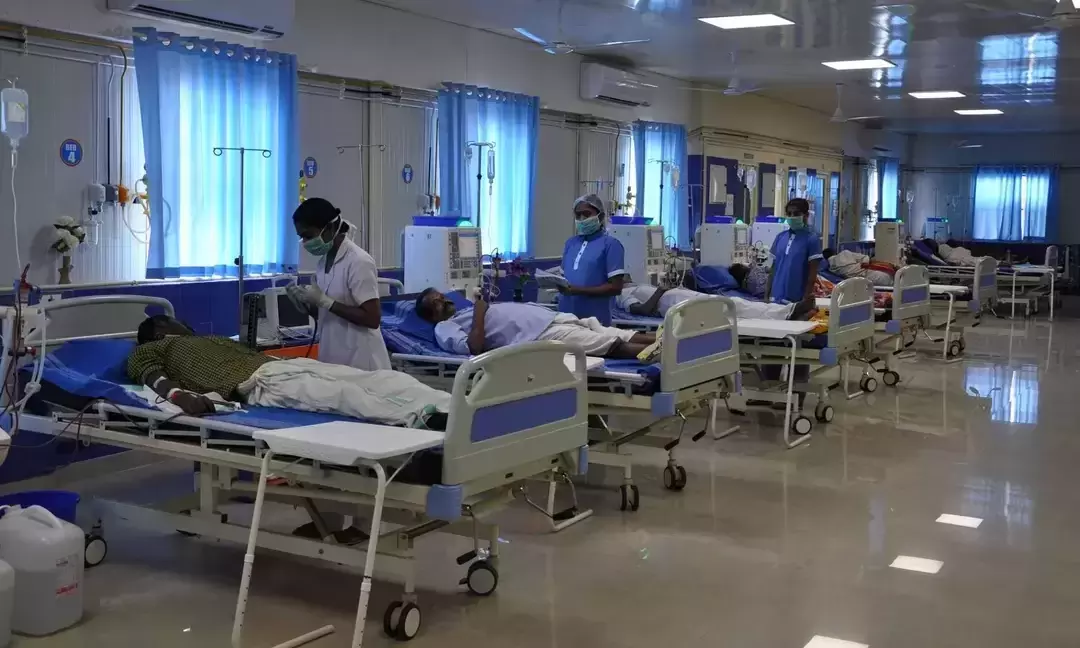
What it takes for Japan to reboot its closed nuclear plants?
text_fieldsKashiwazaki (japan): Japan is no stranger to nuclear disasters, beginning with the blitzkrieg at the end of the World War II.
As a source of energy, nuclear stations have been high on its priority until Fukushima disaster 11 years before.
Back then, an earthquake and subsequent tsunami led to a triple meltdown at the station.
The nation faced the risk of widespread radiation and authorities knew better than hosting a lot of them anymore.
As a result, Japan took most of its nuclear plants offline.
One resident of the area Mika Kasahara whose father worked at the plant wants it shuttered forever, according to a report in New York Times.
Her father died of lung and esophagus cancer three years before which she wondered if stemmed from his time inside the nuclear plant for two decades.
Not Mika alone, many others would say the same. However the report says a small majority of the Japanese public has expressed support for bringing the plants back online.
This conflicting interests largely showcase where Japan today stands when it comes to energy requirements.
Prime Minister Fumio Kishida, according to report, is facing threats to fuel supplies following the Ukraine war.
Alongside there is the question of cutting on carbon emissions. A growing awareness in Japan underlines the huge energy requirements for running the world's third largest economy.
The nation could struggle to keep its engine going, confronted with its limited resources and the war in Ukraine.
Japan is hesitating to restart the plants over many reasons, most importantly owing to emotional ones.
Of course the nation saw a major disaster a decade ago and most Japanese may not forget it anytime soon.
More important, rebooting entails, according to the report, huge technical task to strengthen the stations against future disasters.
One can't forget the fact that Japan is no stranger to earthquakes either.
Mid-size city Kashiwazaki and its neighouring Kariwa hosts the seven- rector plant, the world's largest.
Business leaders and workers in the area predict worst economically if the plant is not brought back online. About 5,500 people maintain the plant.
20 per cent of the residents responded to a 2021 poll wanted the plant shut immediately. 40 per cent said they supported temporary operation of some reactors, but wanted the plant shut ultimately. However, over a half residents opposed the plant.
Besides local opposition to plants, restarting plants should follow strict new guidelines set by Japan's nuclear regulator.
The guidelines were adopted two years after the Fukushima disaster.
Operators are required to erect higher sea walls, build backup cooling pools and install filtered vents that would reduce radioactive discharges, the report said.
24 of the Japan's total 60 reactors have been decommissioned; five are in operation now and another five are waiting for routine checkups before restarting.
Despite many plants in the nation, nuclear power contributes less than 4 per cent of energy the nation requires. It is down from nearly third before the Fukushima disaster, according to the report.
More than three quarters of its energy now comes from fossil fuels.






















